
Copper
What color is Copper?
In the RGB color model, copper has 72.16% red, 45.1% green, and 20% blue.
In the CMYK color model, copper has 0% cyan, 38% magenta, 72% yellow, and 28% black.
Copper has a hue angle of 28.9 degrees, a saturation of 56.6%, and a lightness of 46.1%.
It is a color that is often associated with warmth, wealth, creativity, and nature.
Some examples of copper-colored objects are pennies, pots, pipes, wires, statues, leaves, and foxes.
Copper is also a color that is used in heraldry, fashion, art, and design.
Example of the palette with the Copper color
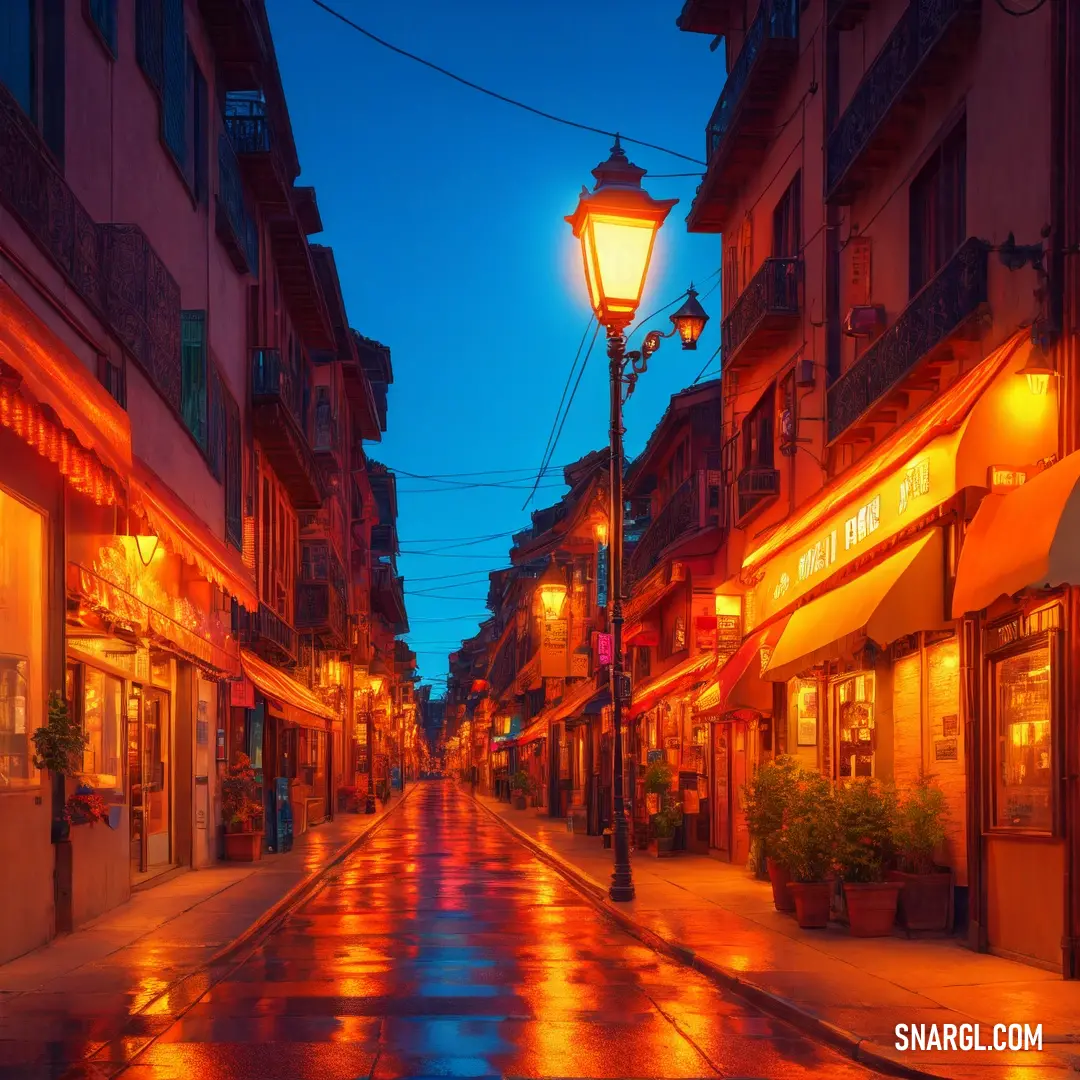
See these colors in NCS, PANTONE, RAL palettes...
What are the examples of Copper color in life?
Some examples of copper color in life are:
Copper metal itself, which can have a yellowish tint when polished or a brownish hue when hammered.
Copper coins, such as pennies, which have a coppery red color.
Copper patina, which is the greenish layer that forms on copper metal when it is exposed to air and water.
This patina can be seen on copper roofs, statues, and pipes.Copper minerals, such as azurite, malachite, and turquoise, which have blue or green colors due to the presence of copper (II) salts.
These minerals have been used as pigments for art and jewelry for centuries.Copper hair, which is a reddish brown hair color that can range from light to dark shades.
Copper hair is often associated with warmth, vibrancy, and personality.Copper crayons, which are a pale copper color that was formulated by Crayola in 1903.
Copper crayons can be used to draw or color objects that have a coppery hue.
Example of the palette with the Copper color

See these colors in NCS, PANTONE, RAL palettes...
Example of the palette with the Copper color

See these colors in NCS, PANTONE, RAL palettes...
What strange or uncommon things can be of the Copper color?
It is also a very versatile metal that can form various alloys and compounds with different colors.
Here are some examples of strange or uncommon things that can be of the copper color:
The blood of some animals, such as horseshoe crabs, snails, and spiders, is blue because it contains a copper-based protein called hemocyanin that carries oxygen.
When the blood is exposed to air, it turns from colorless to blue.Some types of mushrooms, such as the violet webcap and the amethyst deceiver, have a purple or violet color that is caused by the presence of copper in their cells.
These mushrooms can change color depending on the acidity of the soil and the amount of copper available.Some gemstones, such as turquoise, malachite, and azurite, have a blue or green color that is derived from copper minerals.
These gemstones are often used for jewelry and decoration because of their attractive hues.Some fireworks, such as the chrysanthemum and the peony, produce a blue or green color when they explode.
This is because they contain copper salts that emit light when heated.
The color of the fireworks depends on the type and amount of copper salt used.
Example of the palette with the Copper color

See these colors in NCS, PANTONE, RAL palettes...
The Copper Conundrum: A Tale of Colorful Cognition
One sunny afternoon, the doorbell jingled, and in walked Professor Igor McLeod, a distinguished gentleman with a wild mane of silver hair and a pair of spectacles that seemed to magnify his already large eyes. Igor was a professor of cognitive psychology, and he had a peculiar obsession with the color copper.

"Good afternoon, Professor McLeod!" Iona greeted him with a warm smile. "What brings you to Colorful Creations today?"
"Ah, Iona, my dear," Igor replied, his eyes twinkling with excitement. "I am on a quest to understand the essence of the color copper in room design. I believe it holds the key to unlocking a new level of cognitive harmony in our living spaces."
Iona chuckled. "Copper, you say? That's an interesting choice. Let's see what we can find."
As they wandered through the aisles, Igor began to explain his theory. "You see, Iona, copper is not just a color. It's a state of mind. It has the warmth of red, the stability of brown, and the energy of orange. When used in room design, it can create a sense of balance and tranquility, while also stimulating creativity and focus."
Iona nodded thoughtfully. "That sounds fascinating, Professor. But how do we go about incorporating copper into a room design without making it look like a giant penny?"
Igor laughed heartily. "Ah, that's where the fun begins! It's all about finding the right balance. Too much copper, and you risk overwhelming the senses. Too little, and you miss out on its cognitive benefits."
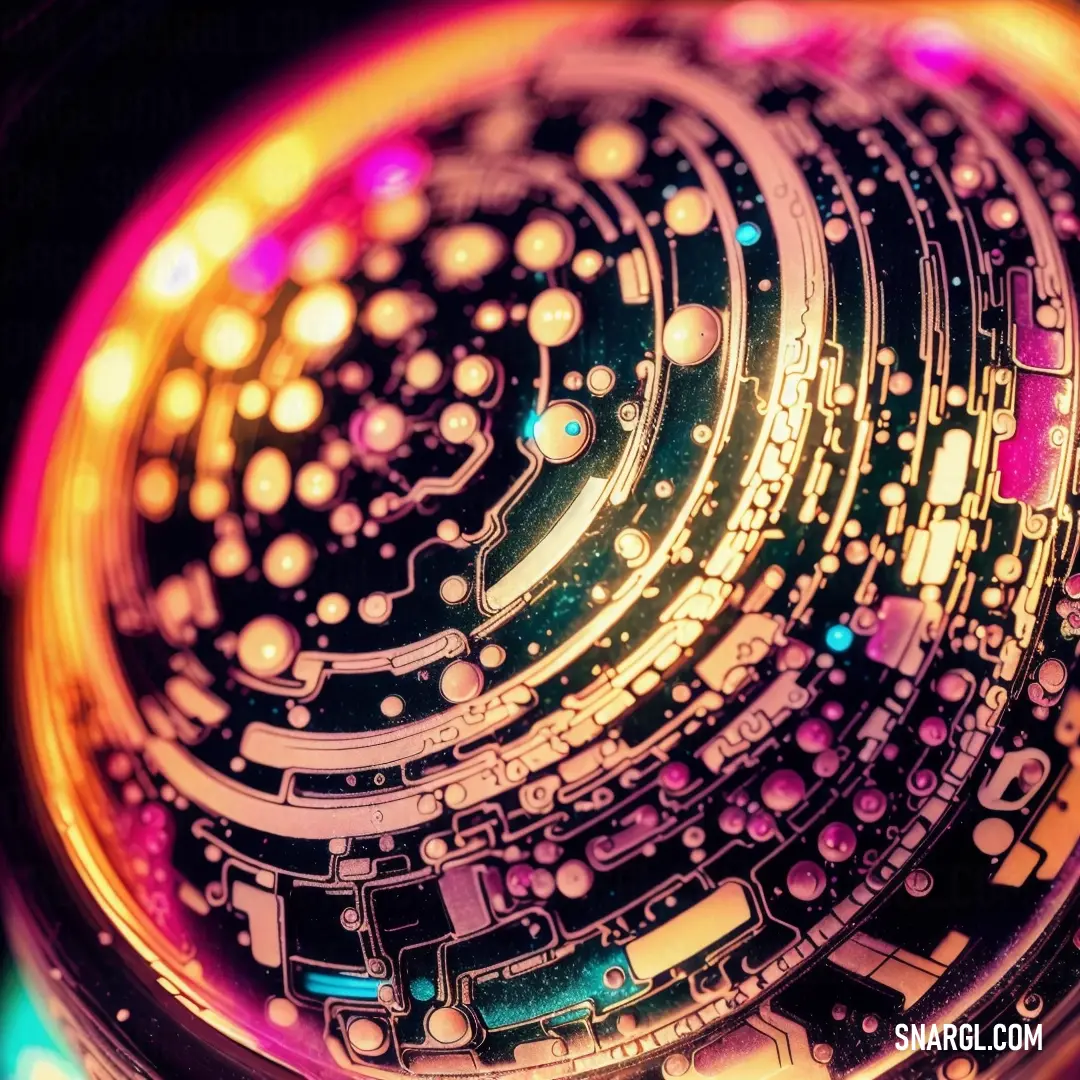
They spent the next hour experimenting with different shades of copper, from deep, rich tones to lighter, more metallic hues. Iona suggested pairing copper accents with neutral colors like beige and cream to create a sophisticated and elegant look. Igor, on the other hand, was more adventurous, proposing bold combinations with teal and navy blue.
As they worked, Igor shared amusing anecdotes from his research. "Did you know," he said with a grin, "that in ancient times, copper was believed to have healing properties? People would wear copper bracelets to ward off illness and improve their mental clarity."
Iona giggled. "Maybe we should start selling copper wallpaper with a health disclaimer: 'May improve cognitive function and ward off bad vibes!'"
Igor's eyes sparkled with mischief. "Now there's a marketing idea! We could call it 'Copper Calm: The Ultimate Cognitive Enhancer.'"
By the end of the afternoon, they had created a stunning room design that perfectly captured the essence of copper. The walls were painted a soft, warm copper tone, accented with copper-framed mirrors and light fixtures. Plush cushions in shades of teal and navy added a pop of color, while a cream-colored rug tied the whole look together.
As they stood back to admire their handiwork, Igor turned to Iona with a satisfied smile. "Iona, my dear, I believe we have unlocked the secret of copper. This room is a testament to the power of color in shaping our cognitive experiences."

Iona beamed. "Thank you, Professor. This has been a truly enlightening experience. Who knew that a simple color could have such a profound impact on our minds?"
Igor nodded sagely. "Indeed, Iona. And remember, the next time someone asks you for design advice, just tell them: 'When in doubt, go for copper!'"
And so, the legend of the Copper Conundrum spread throughout Amsterdam, and Colorful Creations became the go-to destination for anyone looking to add a touch of cognitive brilliance to their homes. As for Iona and Igor, they continued their colorful adventures, always on the lookout for the next great design discovery.




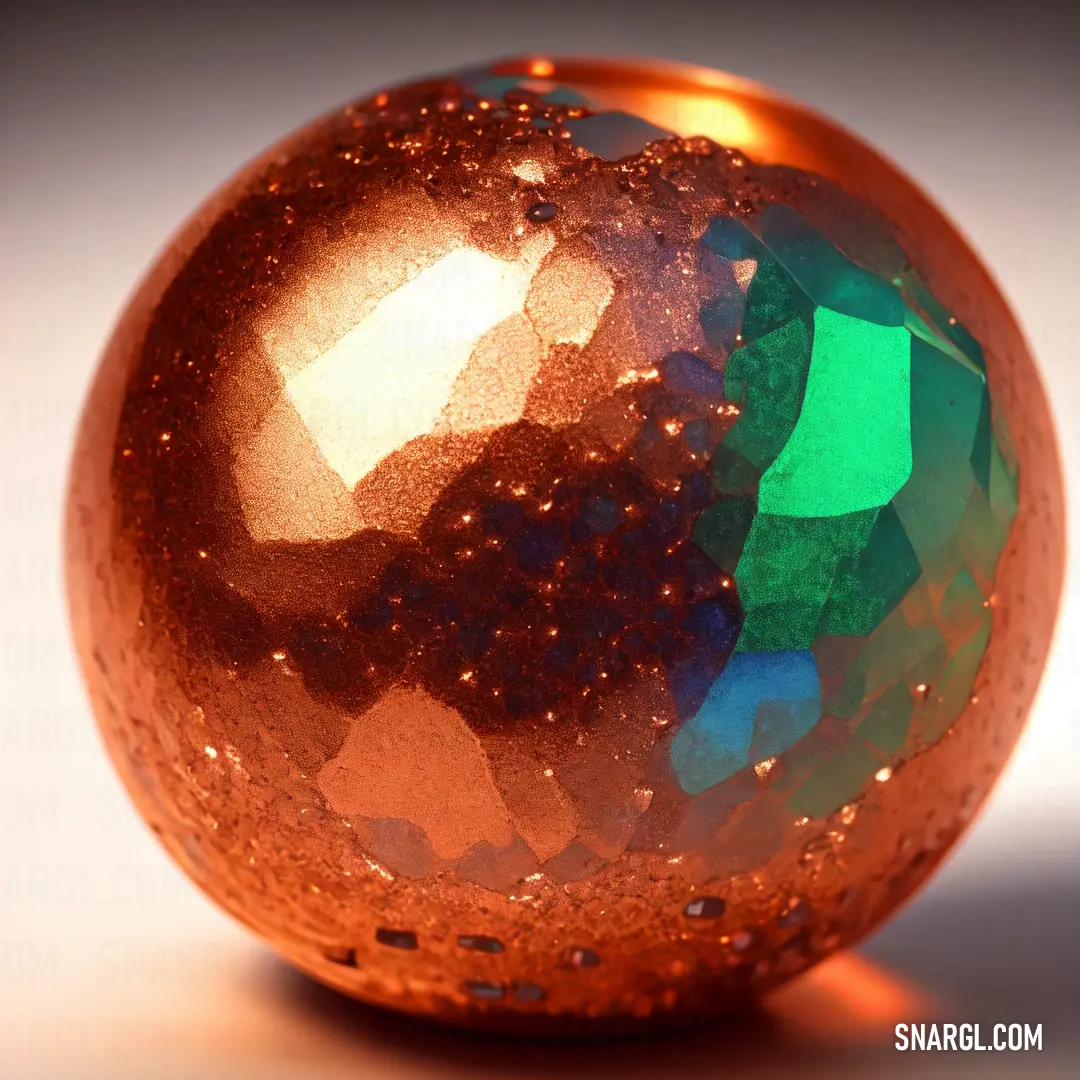




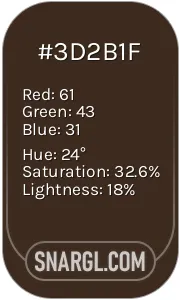 Bistre
Bistre Rich electric blue
Rich electric blue Coquelicot
Coquelicot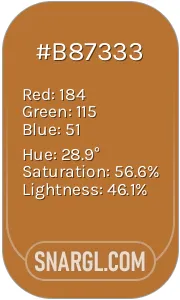 Copper
Copper Rufous
Rufous

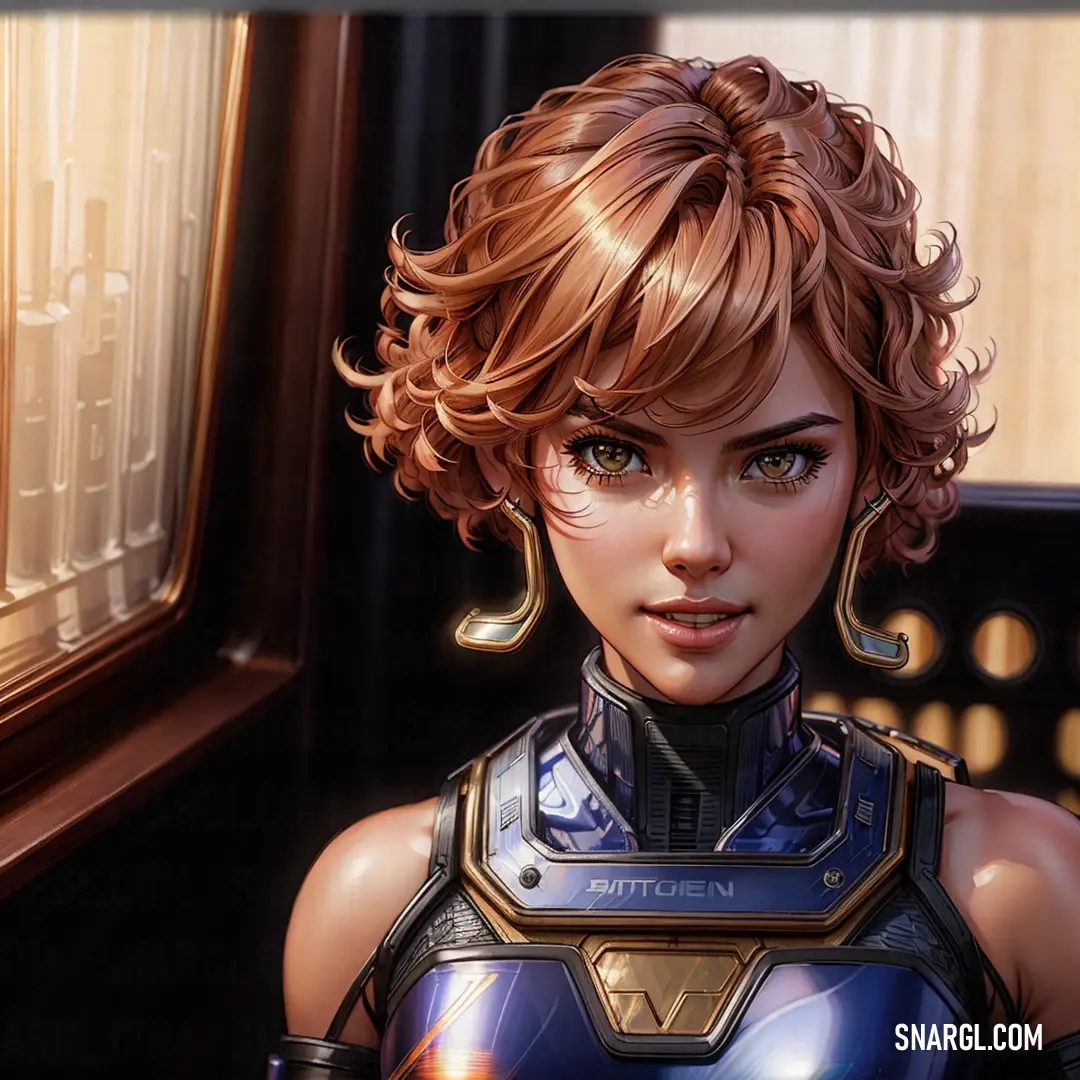





 Purple taupe
Purple taupe Dark jungle green
Dark jungle green Antique fuchsia
Antique fuchsia Tan
Tan Black
Black Apricot
Apricot Phthalo green
Phthalo green Camel
Camel



 Rose taupe
Rose taupe Antique brass
Antique brass Air Force Blue
Air Force Blue







